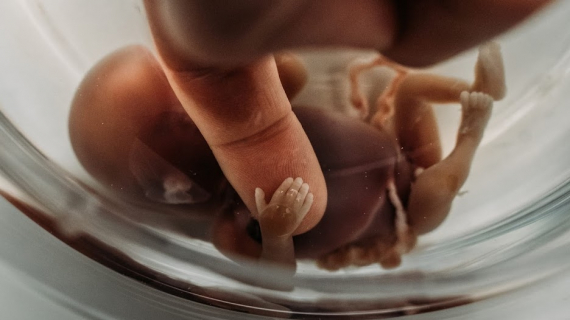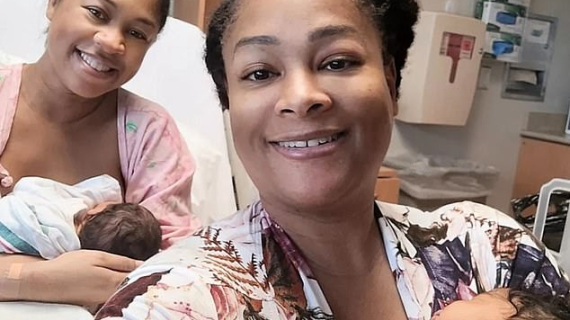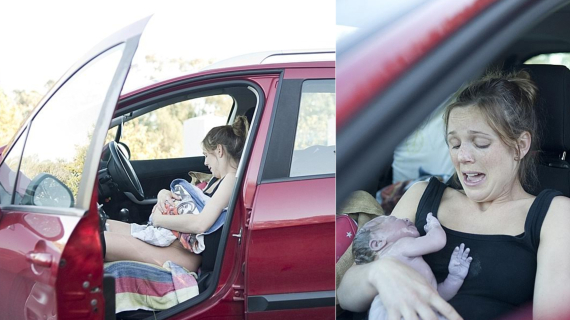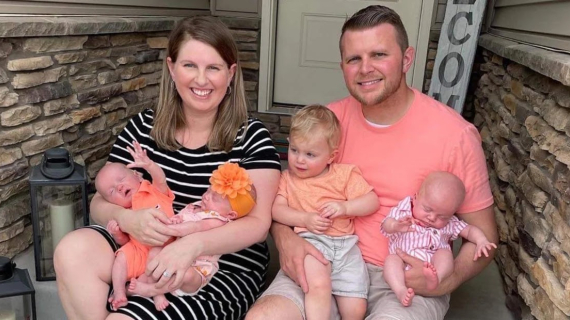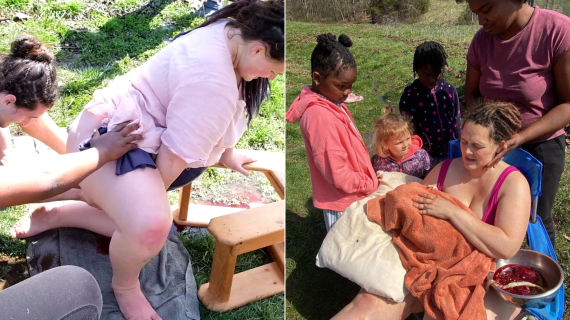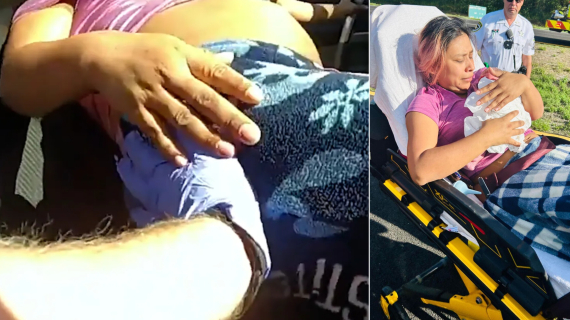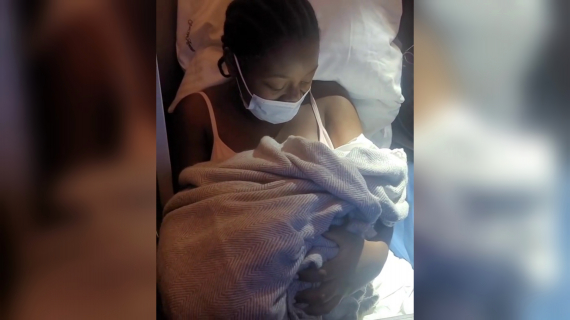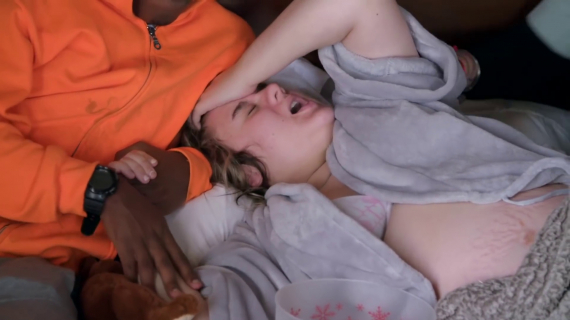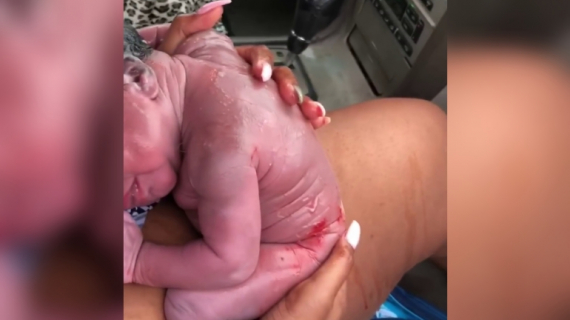10 Ovulation Symptoms to Help You Get Pregnant
So what is ovulation?
Every month, your body goes through a rhythmical cycle that is quite miraculous. On Day 1 of your period, your estrogen and progesterone levels are low, which stimulates the pituitary gland to produce FSH, or follicle stimulating hormone. FSH stimulates the growth of ovarian follicles, the fluid-filled sacs that contain your eggs.
The follicle releases estrogen to thicken the uterine lining in preparation for a potential pregnancy… it’s creating a cozy environment for your baby. Estrogen levels peak around ovulation, which triggers your pituitary gland to release LH or Luteinizing Hormone. LH tells your body to release usually one egg (or two if you have a propensity for twins) from your ovary and you have now just ovulated.
In most women, this ovulation phenomenon only happens once a month, which means fertility has a limited window. Ovulation lasts for about 24 hours, but the sperm has about a 6 day window when fertilization can occur.
For a mama with a consistent 28 day cycle, ovulation would typically occur at day 14, making your fertile window from days 11 to 16. If your cycle is shorter or longer, subtract or add days to figure out your general window. Because sperm lives for several days, you can get pregnant several days before you ovulate. In fact, almost all of my pregnancies occurred on day 11 of my cycle.

